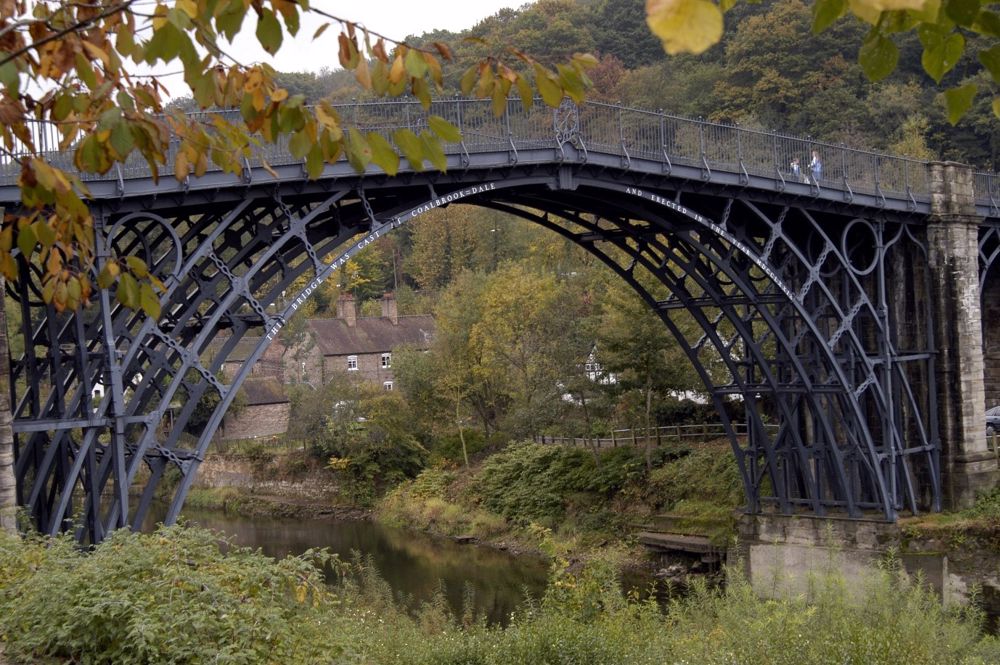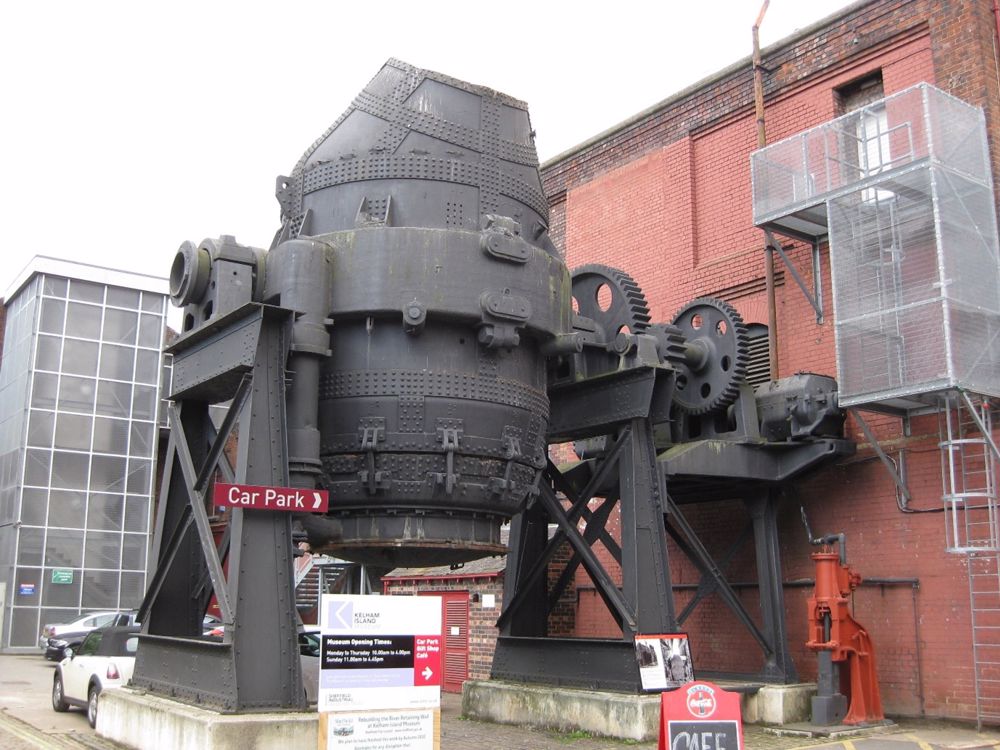The Gift of the Gods – Iron and Steel
There is a very good reason why the Iron Age came after thousands of years of the Bronze Age (which was preceded by the Copper Age). Copper and tin can be found as metals to be melted out of rocks in pottery kilns, then melted and/or hammered into shape.
Iron was known during in Bronze age. It had literally fallen from the sky as an iron-nickel meteorite, considered gifts of the gods. King Tutankhamen’s tomb treasure included a single iron dagger – obviously one of the most precious objects.
To get metals out of ore (oxides or sulfides) is a chemical process known as smelting (which does not necessarily include melting) in an atmosphere which will draw oxygen out of a metal oxide, generally carbon monoxide from incompletely burned fuel. (Sulfides are first burned to oxides, giving off SO2.) The smelting of iron is far more difficult and complex than for copper, so not easily discovered. In the Middle East they produced a material which could be hammered into shape, typically for swords, while in China one which was brittle, but could be cast into shape.
Once they had enough weapons, it was turned to other uses such as ploughs and tools.
Some iron swords were better than others having just the right amount of carbon to make it tough and strong: this is steel. By much trial and error, steel manufacture developed alongside that of cast iron, much of it for military use. In 1781 cast iron had its first major use as a structural material, though they used the same joints carpenters did with wood, having no other experience.

Steel is not an element or a compound – it is a structured substance, with carbon and sometimes other metals, giving it its properties, though this was not properly understood till recent times. However, it was much more expensive than iron, so was just used for small objects. The Bessemer Process was 19th century chemical engineering which reduced the cost of steel from £40 per ton to £7 per ton, using much less fuel. This is one part, a reactor called the Bessemer Converter which converts impurities to a separate layer called slag, giving pure iron to which additions and treatments can used to make high quality steels.

Enormous bridges made of steel superior to cast iron now span many great waterways. Combining it with concrete has created better roads, buildings and structures. Iron ore can be found in abundance all over the world, making this a low-cost material. It is a real gift of the gods for modern civilisation.
Today chemical engineers in the steel industry use technology far more advanced than Bessemer’s on a vastly greater scale and combine it with other metals to produce higher performing steels for a myriad of uses.
However, its extensive use means a lot of mining and energy use. Coal in the form of coke (where almost everything but carbon has been distilled off) provides the energy, but also has a chemical role in reacting with the oxygen in the ore to release the iron. Some carbon also has to go into the structure to make the right grade of iron or steel. Steel production currently accounts for about 8% of global CO2 emissions.
How can the needs of society be balanced with protecting the environment? Fortunately, it is one of the most recycled materials (about 60%) but there are other issues and technologies to consider.